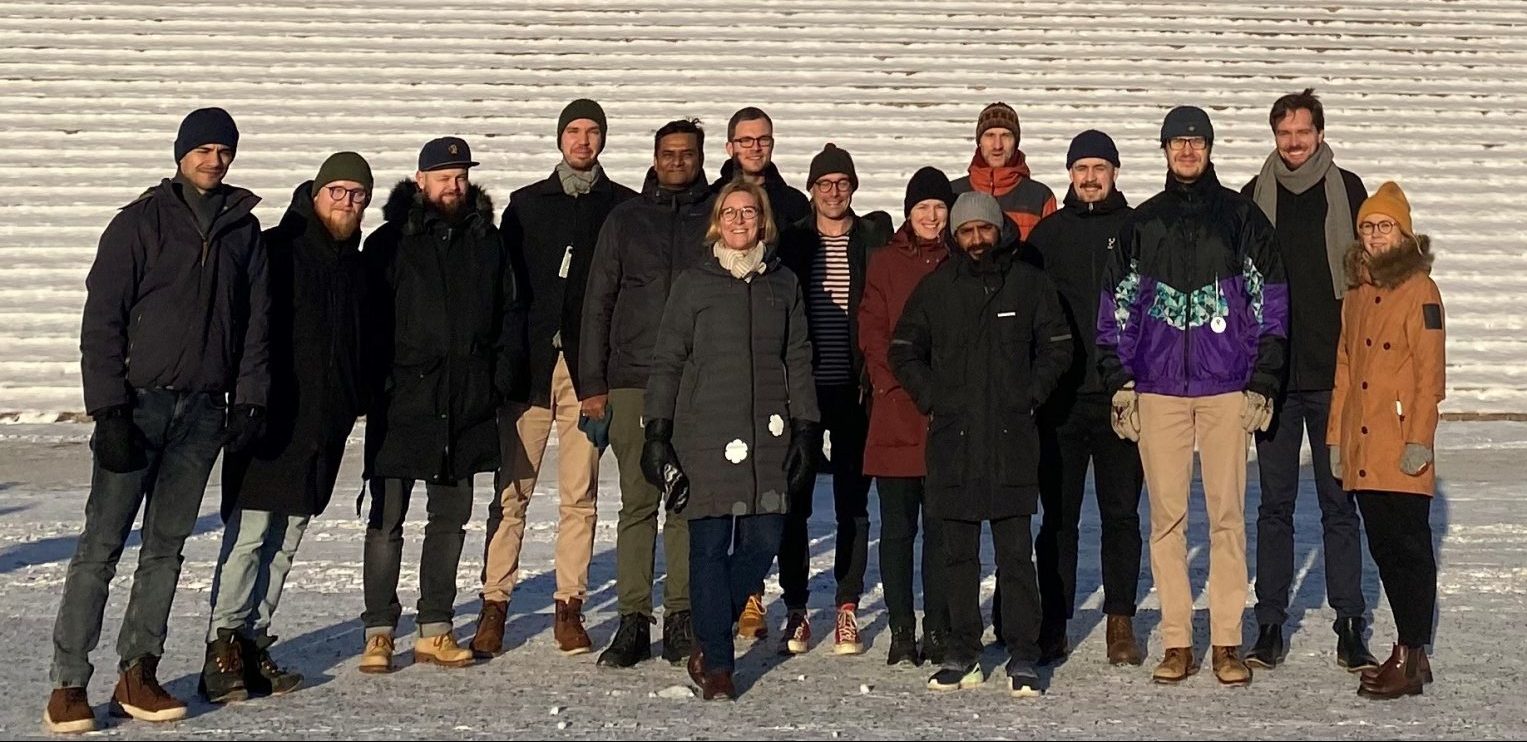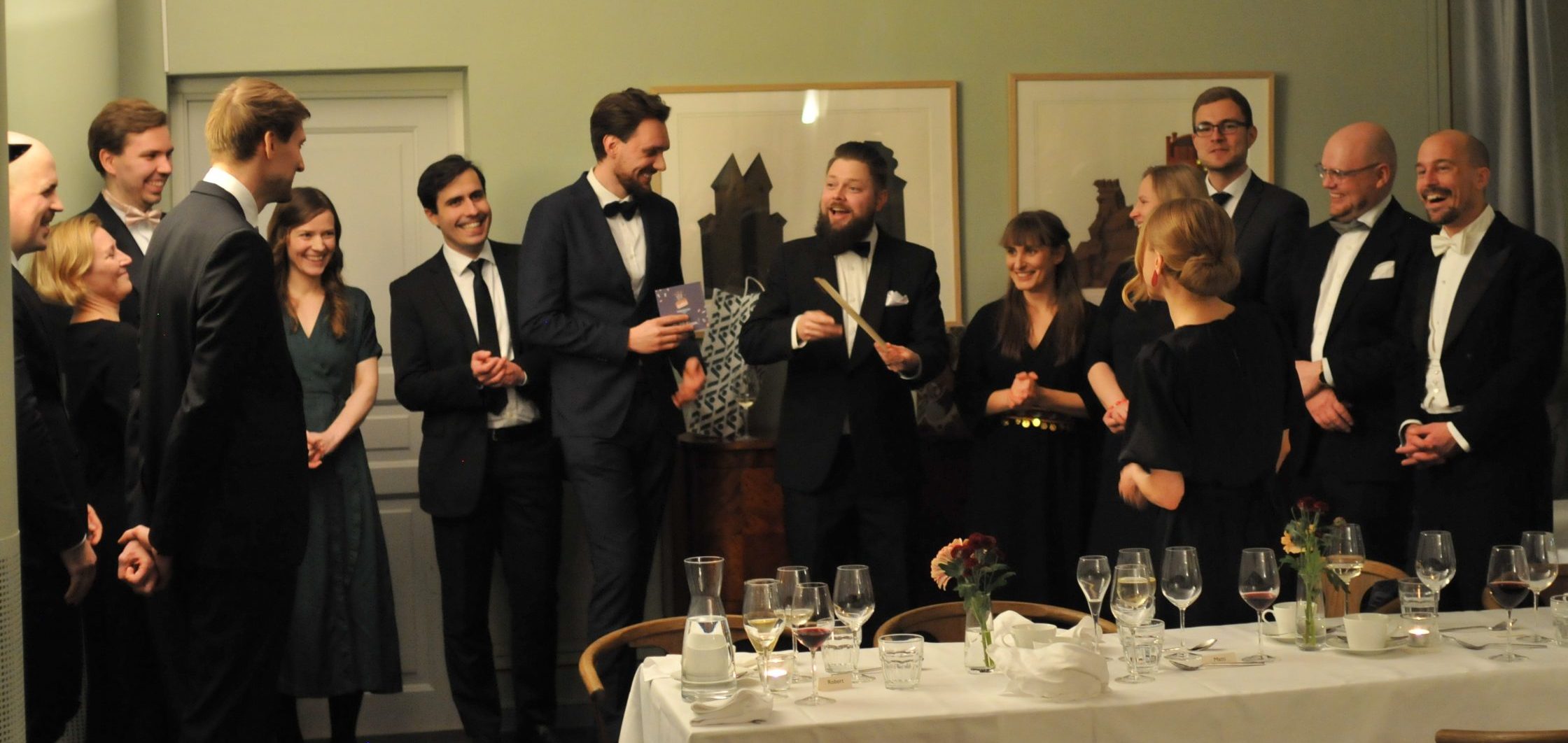We are happy to introduce Xiao Cai, a geoinformatics MSc student from the University of Tartu. Xiao is visiting the Digital Geography Lab this spring, from February to May 2024, to study the influence of road environments on cyclists’ route choices in Helsinki and finalize his thesis. We had a mini-interview with Xiao to learn more about his previous and future research.

Who are you, and what is your role at your home university?
My name is Xiao Cai, with a mixed academic background of urban planning, geoinformatics, and artificial intelligence (AI). I am currently doing a master’s program in Geoinformatics at the University of Tartu and expect to graduate in June this year.
Please introduce your research topic.
I am a big fan of urban informatics with a dedicated focus on AI approaches to uncovering urban mobility mechanisms using emerging geospatial big data. I was exposed to AI methodologies in 2022 by taking a machine learning course, but since then I have been highly motivated to leverage this powerful technique in urban mobility analyses. Up to now, I produced two papers in this regard – the one is to mine the hidden spatiotemporal characteristics of bike-sharing travel patterns using the k-means++ clustering algorithm, and the other one is to examine the non-linear associations of built environments with demographic-specific bike-sharing usage using the gradient boosting decision tree algorithm. In the near future, I would like to explore more possibilities of using AI methodologies (machine learning or neural networks) to understand the hidden patterns of population dynamics and potential causes. I am also looking forward to exploring more big mobility data (e.g., mobile phone data, smartcard data, e-scooter data, taxi data, etc.) as I am always excited when working with data.
Continue reading “Meet Xiao Cai, a visiting MSc student from University of Tartu”


 Who are you, and what is your role at your home university?
Who are you, and what is your role at your home university?


 The year has been a blast with many joyful and productive moments together!
The year has been a blast with many joyful and productive moments together!